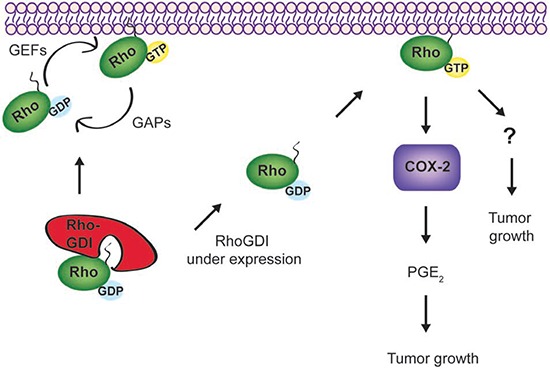Figure 7. A possible signaling network links RhoGDI, Rho GTPases, and COX-2.

In cells, RhoGDI forms stable complexes with each Rho GTPase at 1:1 stoichiometry; thereby stabilizing Rho GTPases and keeping them in an inactive form (GDP-bound) within the cytosol. In forming stable complexes, RhoGDI also inhibits the interactions between Rho GTPases and other regulatory proteins, such as guanine nucleotide exchange factors (GEFs), GTPase activating proteins (GAPs), and downstream effector proteins. When RhoGDI is under expressed, which is found to occur in malignant and metastatic breast tumors (Fig. 4), Rho GTPases (e.g., RhoA and Cdc42) appear to become constitutively active and translocate to membrane compartments. The activated Rho GTPases upregulate COX-2 expression and other signaling events yet to be characterized, contributing to the accelerated tumor growth. Blockade of Rho GTPases or COX-2 activity appears to inhibit cell growth or induce cell death in treated cells.
